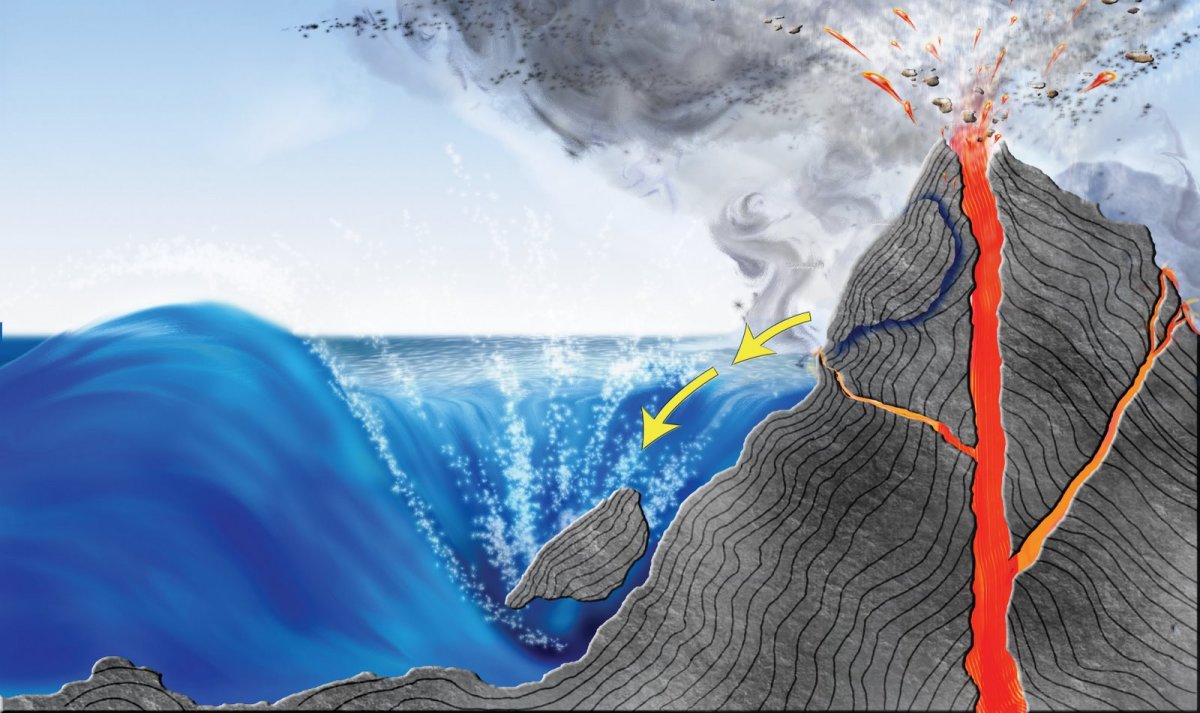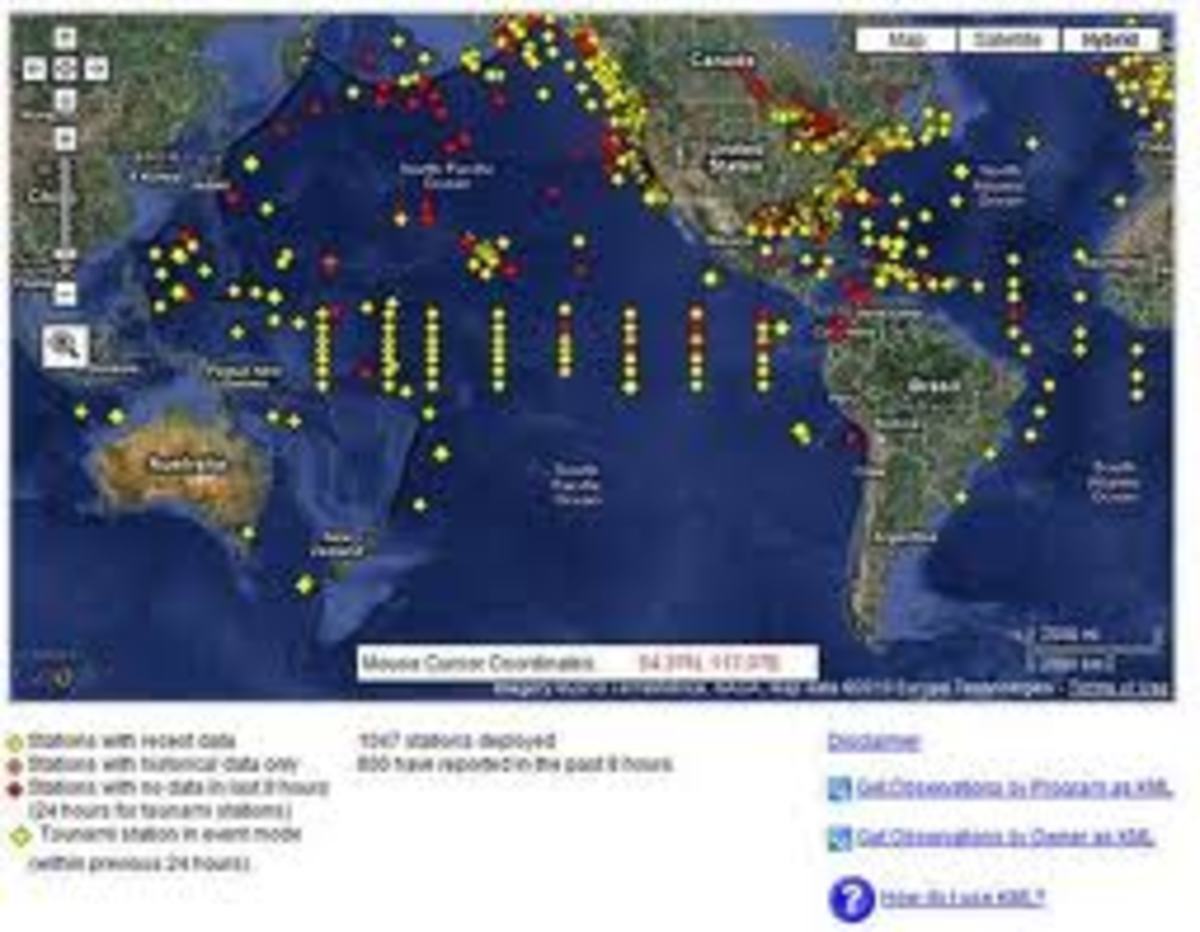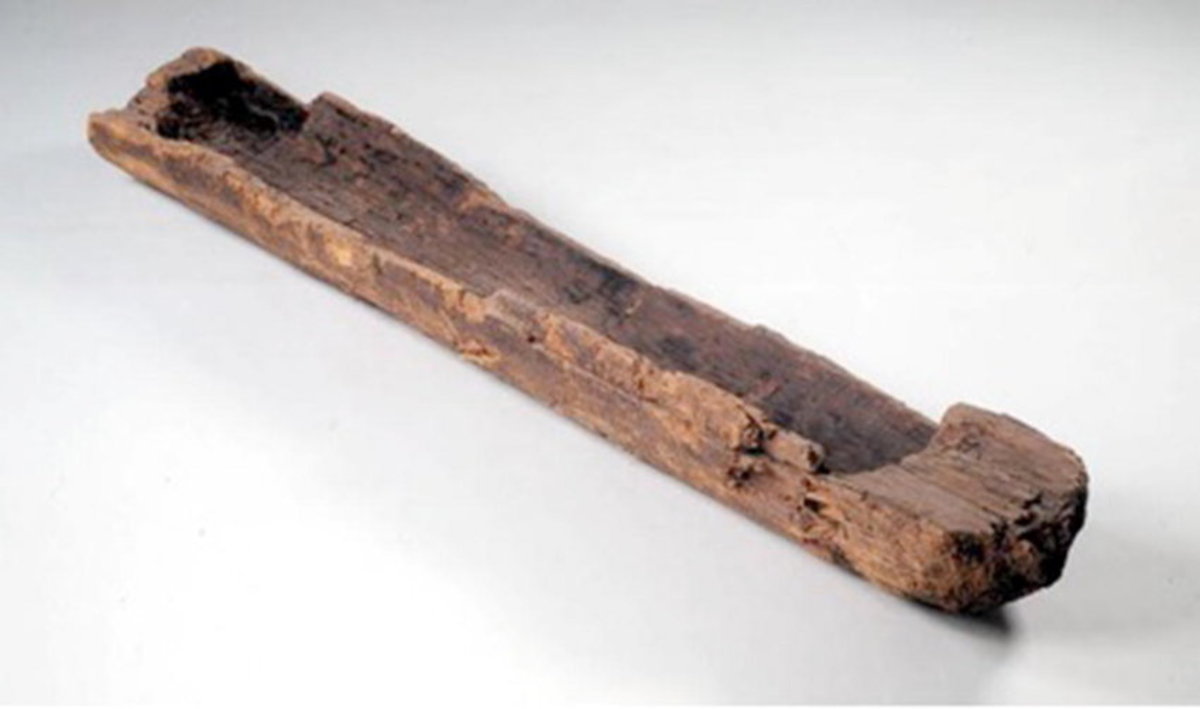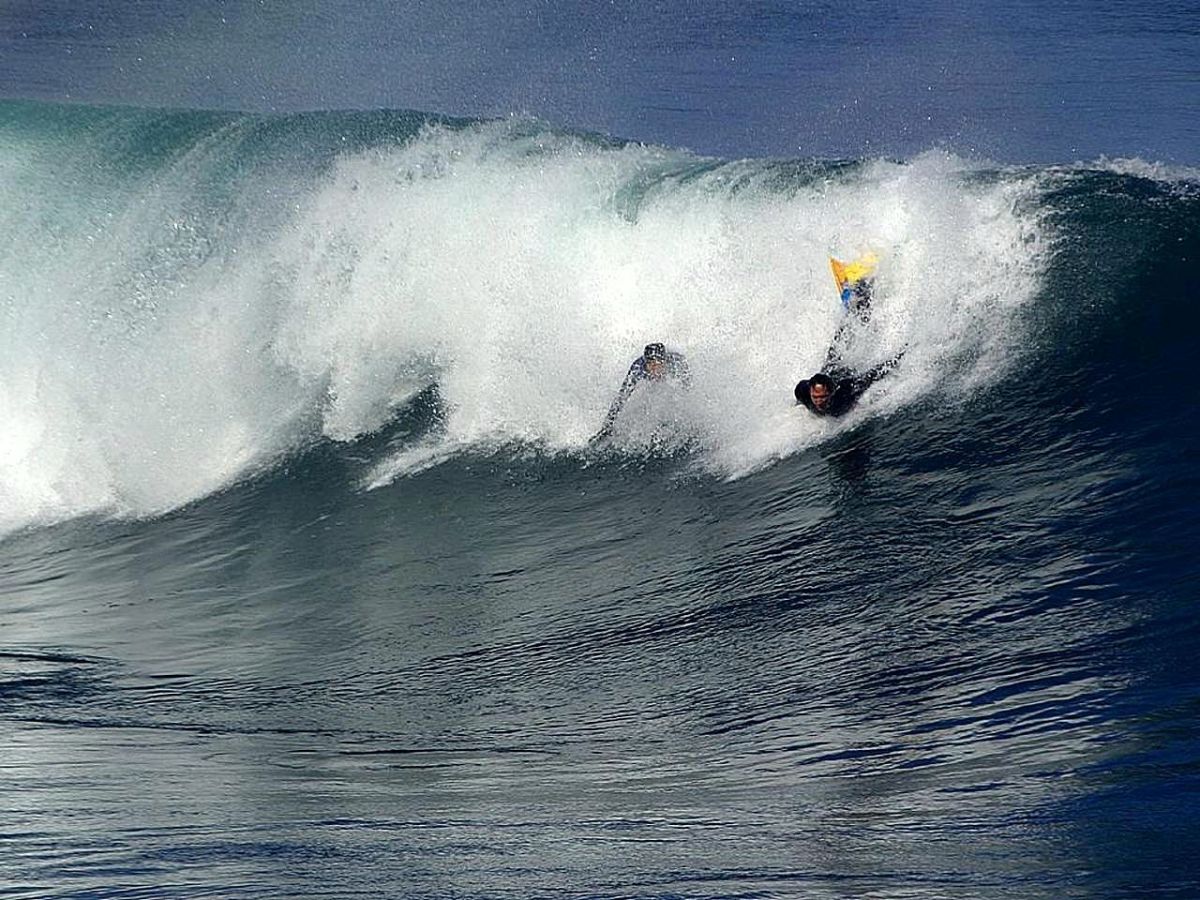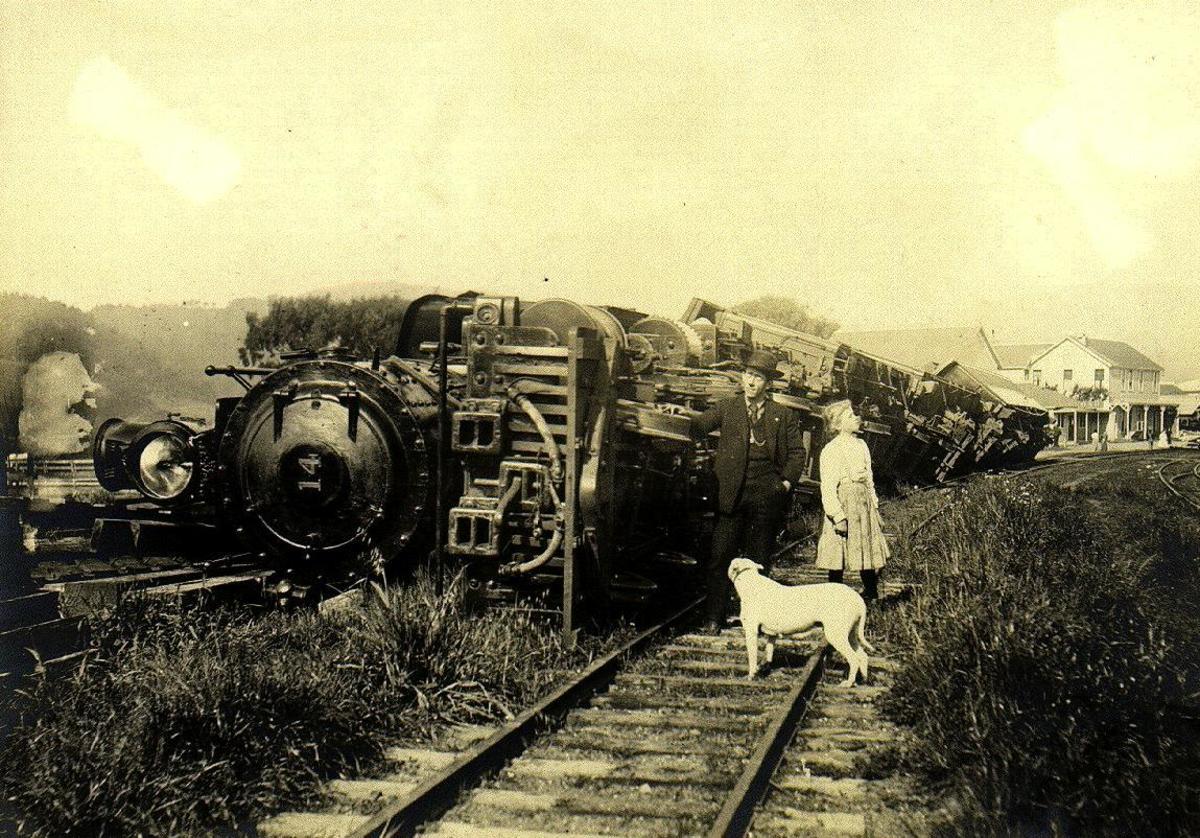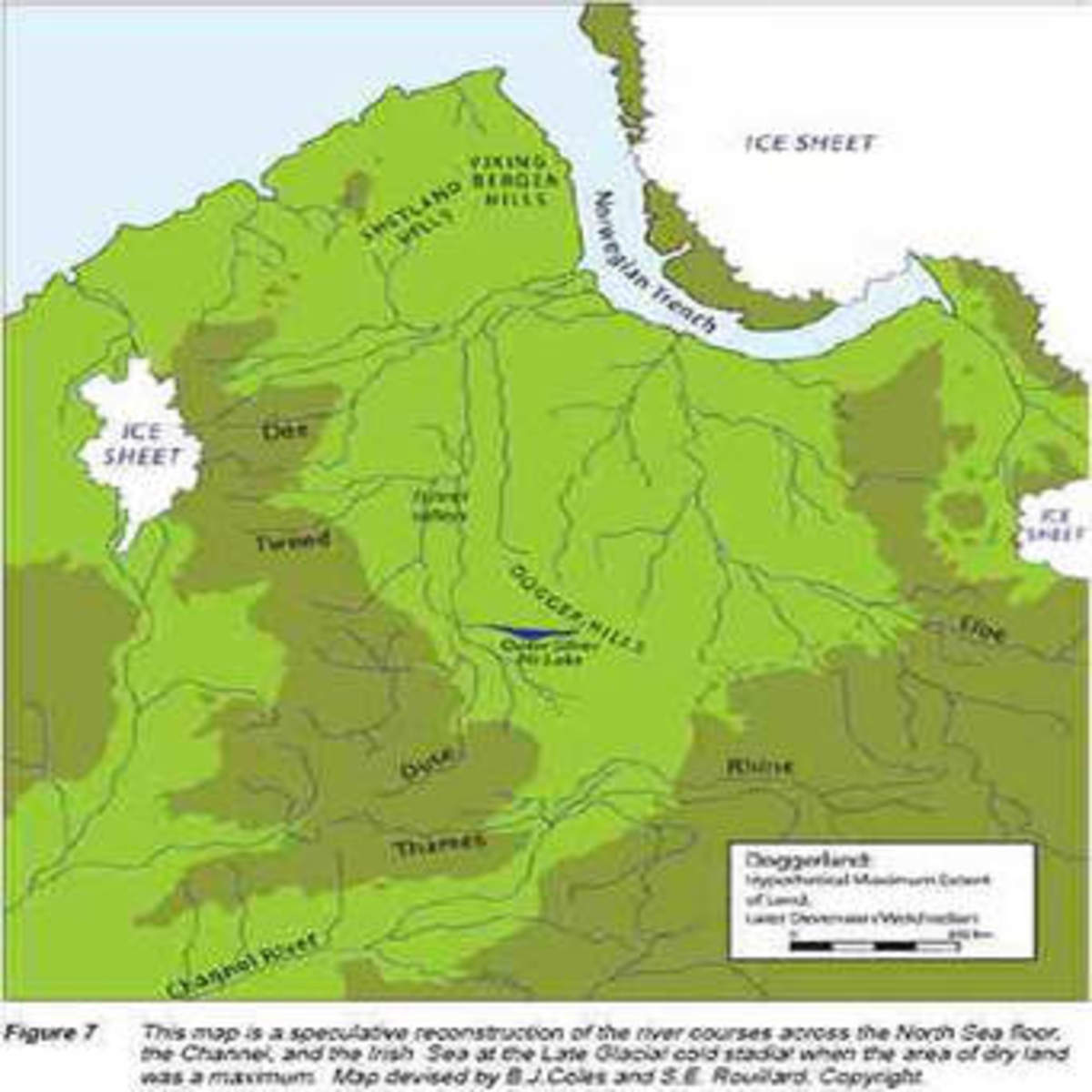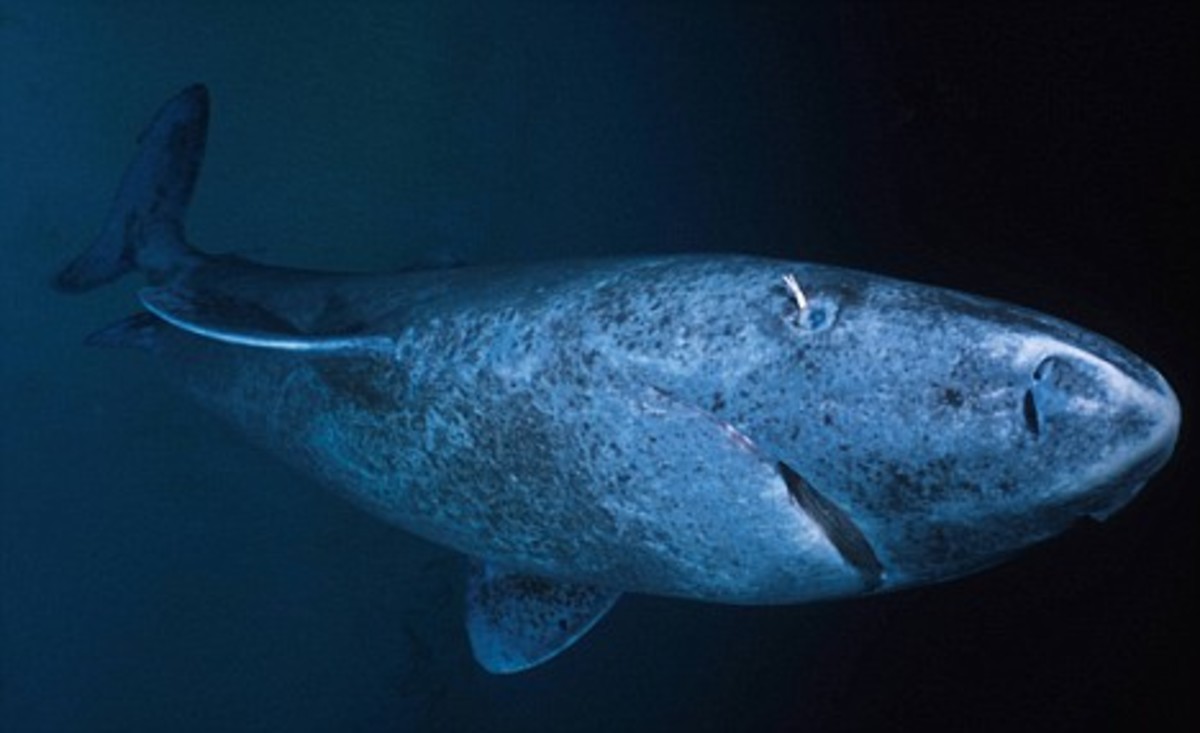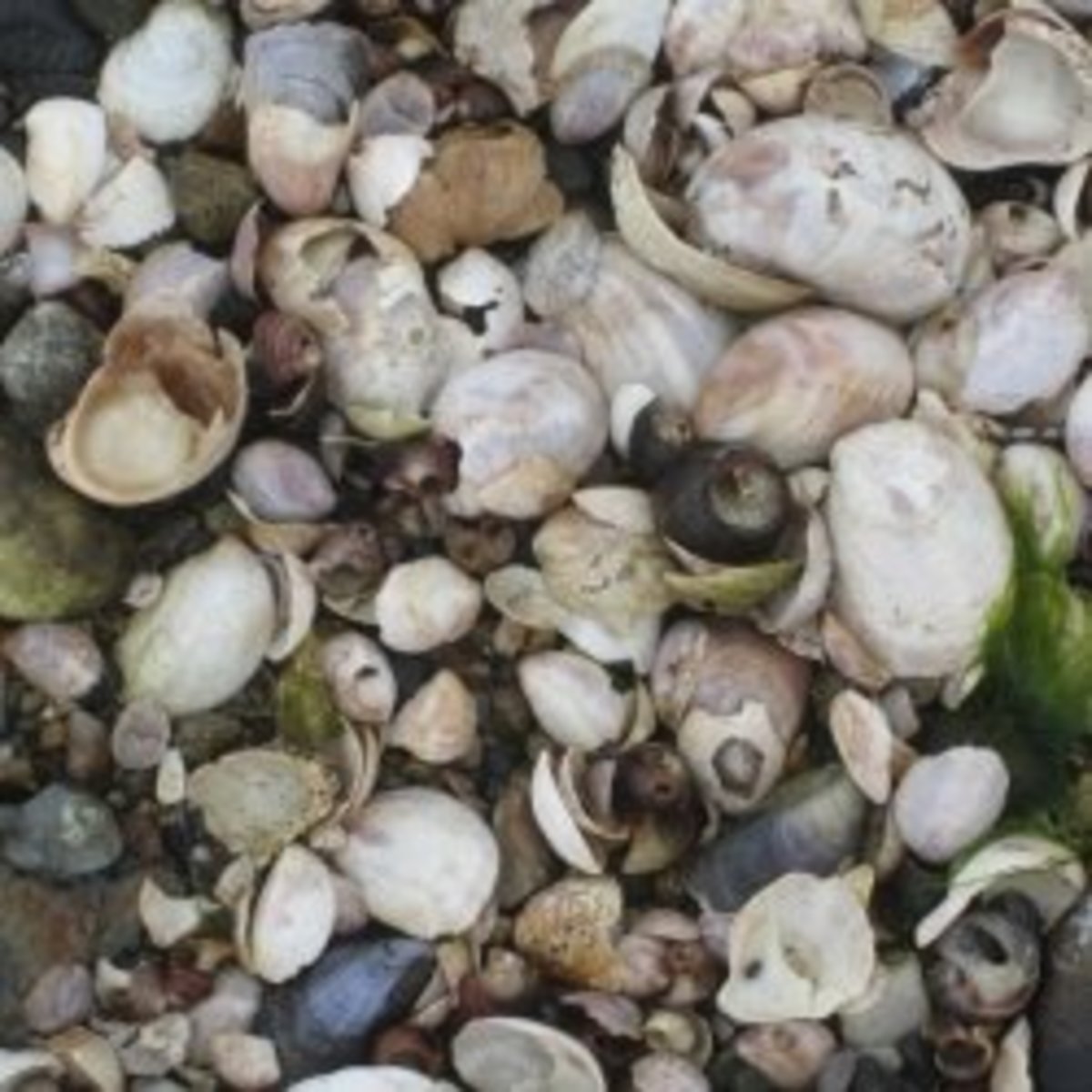Tsunamis explained
Tsunamis are a fact of life and have many causes.
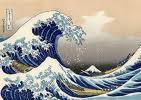
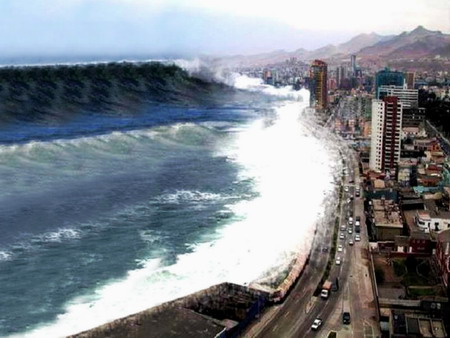
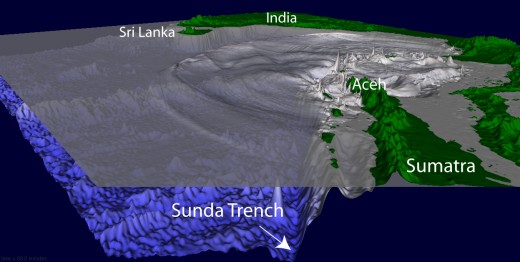
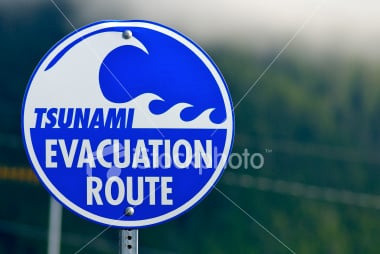
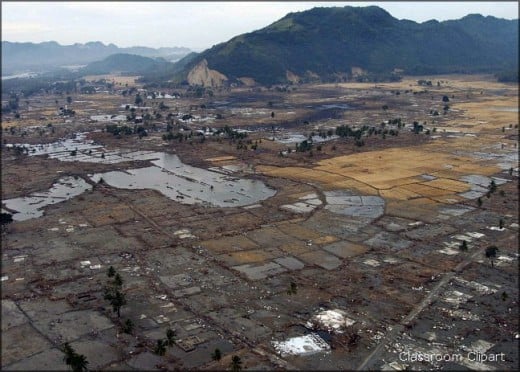
All tsunamis have a source and can range from a small pulse or a mountainous watery disaster.
A sudden catastrophic change introduced into the seafloor is enough to generate a mega-wave that can have dramatic and tragic consequences thousands of miles away or halfway around the world. A tectonic shift or drop; a subsurface landslide, or even a large bolide striking the ocean is a sufficient trigger for one of these mega-waves. These mega-waves, or tsunami as the Japanese call them, generally do not show in a pronounced way while in deep water. The energy pulse travels rapidly though, at the speeds we associate with sub-sonic commercial jet flights. It is only when reaching continental shelves and shorelines that the tsunami rears its destructive potential. When it does, the towering wave can reach up from ten meters up to a kilometer in height.
The mechanics are that the great energy pulse generated in the deep spreads out and dissipates by an inverse square function with distance. That is to say that the wave twice as far from the source from another of the same energy will only have one quarter of the height and destructive power. One that is three times away will have only one ninth the height and destructive power. Put another way, a tsunami that is twenty meters high a thousand kilometers from its point of origin will be five meters high at two thousand kilometers distance. Thus, if you live close to the trigger event, the destructive power is much greater than the same wave has twice or three times further away. As the sub-sonic wave rushes into shallow waters, the movement of the water is impeded by friction on the sand or rock on the bottom of the ocean and water rushing in from behind piles up upon the water ahead. The in rushing wave causes yet another phenomenon. Just before landfall, the water-line on the shore will suddenly recede outward like an instantaneous ebb tide. Fish and crustaceans will be stranded by the suddenness of the event. A low rumble will be heard which will build to deafening proportions. Sea birds will be in constant flight, refusing to rest. What looks like a low incoming surf on the horizon will loom larger and larger as slowing water piles up into a massive, towering, frothing curl. The monster will thunder onto shore, washing out everything in its path for several kilometers of coastal lowlands, stopped only at the foothills or mountains. Any passes between the highlands were actually funnel the water further inland and pile up the tsunami even more. Fiords are a bad place to be during an in rushing tsunami. Anyone in the way will be drowned by forces too great to manage. Trees, buildings and ships will be carried well inland to be deposited wherever they are finally trapped. If there was more than one triggering event, successive tsunamis will make landfall. Tsunamis will often come in groups, one after another, especially if they were triggered by prolonged or multiple deep sea earthquakes.
Not all deep sea earthquakes will trigger a tsunami. It takes a special type of crustal displacement to cause the cavitation required to generate the energetic pulse in the ocean that can spread out rapidly in all directions. That earth movement is a collapse of the seafloor due to tectonic subduction. The seafloor that collapsed off the coast of Malaysia on Dec. 26th, 2004 was a stretch that extended for almost a thousand kilometers, by some twenty kilometers wide. The whole section dropped by about twenty meters creating a huge cavitation in the ocean above. Gravity caused the ocean to fall instantaneously into the new formed hole and the energy pulse began from there on a wide front. Malaysia took the first hit without warning. Many vivid videos and photos showed the suddenness of the destruction. Then Burma, Java, Cambodia, India, the Maldives and the east coast of Africa all received heavy damage with great loss of buildings, crops, fishing fleets and lives. This tsunami went on to affect eighteen percent of the globe. Other tsunamis of history received similar starts.
On January 9th, 1700, a huge Pacific Ocean tsunami was recorded in Japan, Vietnam, the Philippines and countries east of the Sudra Strait. By analyzing the date, it was determined that it originated from a huge earthquake that collapsed part of the coast of Washington and BC along the Cascade subduction zone. This triggered the pulse that radiated across the Pacific to damage Asia. In 1883, Krakatau exploded, unleashing a tsunami that killed 30,000 people on surrounding coastlines. When the volcano blew its top, it created a double event, first by blowing seawater out and then when the caldera collapsed, water rushed in and generated the second event right on the heels of the first.
Tsunamis can be born from under water or coastal landslides. Here the original pulse is created by mass displacement from the land slide. When it reaches far off coasts, the same set of scenarios apply. We do not have many historical examples of this type other than land slide events in fiords that trigger an immediate pulse from the headwaters, down through the length of the fiord and out to sea. These types of tsunamis tend to be limited to the fiord and dissipate once reaching the open sea. There is a story of a fishing boat with a crew that heard a rumble in the distance and then witnessed a 500 meter tsunami heading toward them. It swept the boat and crew ahead of it and up the side of the fiord to the tsunami trim line and dropped them there high above the normal water level. That anyone survived to tell the tale, was a miracle.
Nor do we have a historical example of a tsunami caused by an impact from space. We understand the physics of such events, especially after Jupiter's encounter with Comet Shoemaker-Levy in July 1994, and can make predictions, but as far as we know, there are no recorded historical events. Geological evidence exists in abundance and it is thought that an asteroid of a few kilometers in size can generate world sweeping tsunamis up to ten kilometers high. In this case, a shock front generates a huge splash and this is followed by cavitation into the new crater. This creates a double whammy tsunami, one from the initial blast and a second from the collapse of the sea into an impact crater. As the new crater itself can be at least a hundred kilometers across, it is easy to understand how a monster can be born of an ocean impact.
No matter what the source, tsunamis are a constant threat to all coastal populations. We understand the physics and are preparing a better early warning system that can save hundreds of thousands of lives when the next big mega-wave pulse is generated by one of the three main causes. Satellite telemetry coupled with deep sea buoys will help us detect fast moving deep sea pulses, the direction and where they will form tsunamis upon landfall. Depending on your location, you will have minutes to half a day to escape to as high a location you can find.


